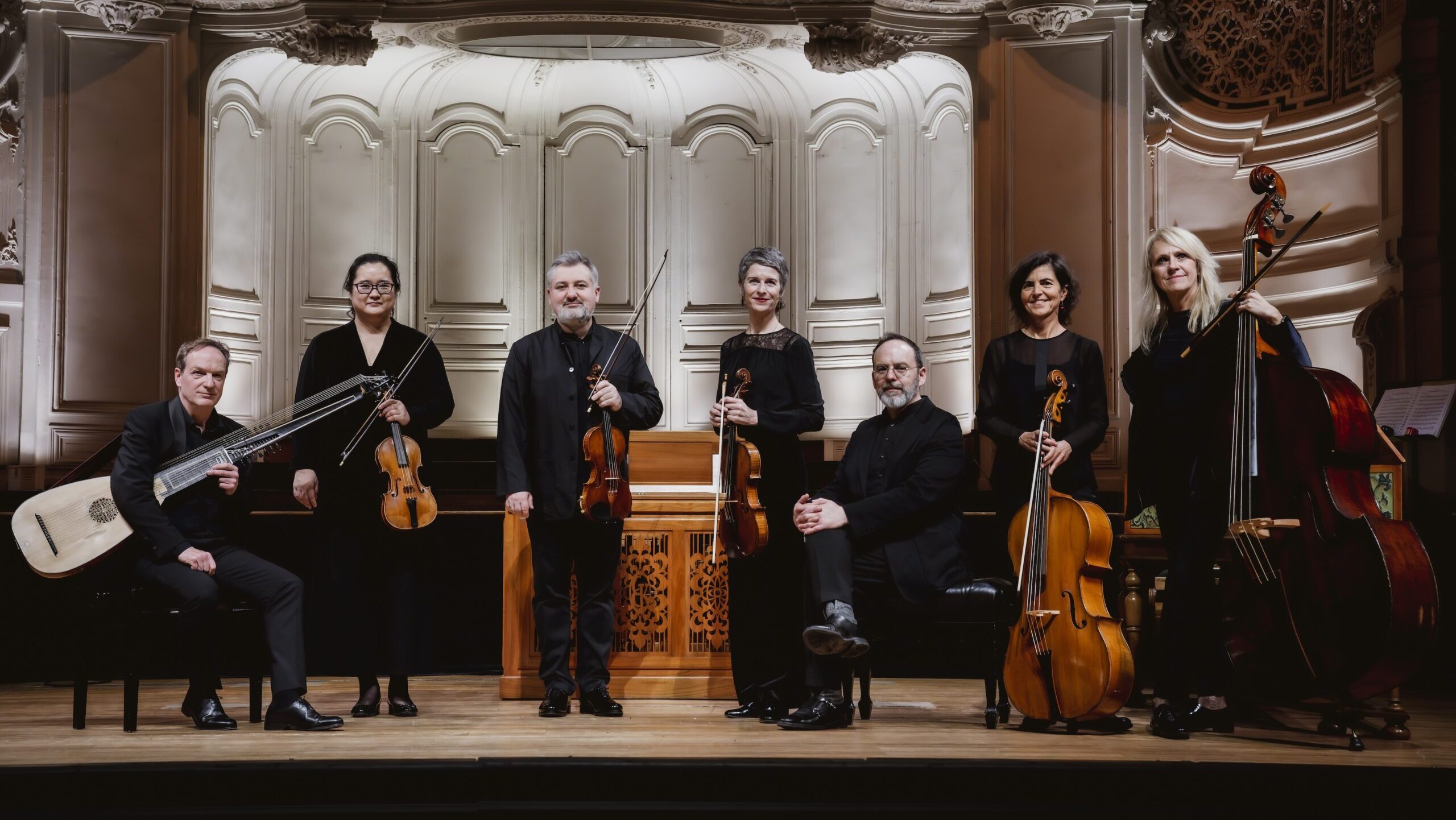Pietro Andrea ZIANI (1616-1684):
Sonata in G minor, Op. 7 No. 11
Dieterich BUXTEHUDE (1637-1707):
Sonata in C major, BuxWV 266
Heinrich Ignaz Franz von BIBER (1644-1704):
Sonata representativa, IHB 19
Georg MUFFAT (1653-1704):
Armonico Tributo – Sonata No. 2 in G minor
Dieterich BUXTEHUDE:
Sonata in G major, BuxWV 271
Georg MUFFAT:
Violin Sonata in D major
Heinrich Ignaz Franz von BIBER:
Fidicinium sacro-profanum – Sonata No. 6 in A minor
Johann Wilhelm FURCHHEIM (c. 1635-1682):
Sonata in E-flat major, IJF 2
Concert without break
“The term is commonly used to designate multi-movement musical works that are almost exclusively intended to be performed by soloists or small ensembles,” writes one of the most prestigious music encyclopediae, the Grove Dictionary of Music and Musicians, about the sonata. At first glance, it may not seem like a promising definition, but it is accurate, especially when it comes to 17th-century pieces, like those on this concert programme.
The term “sonata” was initially one of many words used to describe instrumental works in the early 1600s. Unlike toccata, ricercar, or sinfonia, it did not mean anything other than a piece played on an instrument, and in this way, it solely served to distinguish it from sung works (cantata). The early sonatas were characterized by a special structure: although they consisted of a single movement, they were built up from numerous short, varied character details. Soloistic sections could alternate with tuttis, even meter with uneven, forte with piano, as desired. Over time, these sections became longer and more independent, creating the structure of four (or more) movements in baroque sonatas. Composers also enjoyed playing with the genre, embellishing the musical process with mood setting, sound imitating, and representational motifs. The century’s famous violin virtuoso, Biber from Salzburg, was particularly renowned for such ideas.


